#ATTFAIL Hashtag
The inside story about a crappy wireless network's loveless marriage with a beauty queen phone.
Its exclusive deal with Apple’s iPhone has been both a blessing and curse for AT&T, whose network has been under heavy fire. Wired’s Fred Vogelstein details the history in “Bad Connection: Inside the iPhone Network Meltdown.”
For iPhone fans, it really was too good to be true. A pair of Apple executives had just described the latest model of the iPhone — the 3GS — onstage at the company’s Worldwide Developers Conference in June 2009. The audience loved it. The 3GS was twice as fast as its predecessor, it included a camera that shot video, and the updated iPhone operating system enabled multimedia messaging and tethering — the ability to use the phone as a modem. Just one problem: While many customers in Europe and Asia could enjoy all those features, AT&T, the iPhone’s sole US carrier, wouldn’t allow video messaging or tethering at launch. In other words, the most advanced features wouldn’t be available to AT&T customers. What’s more, some current iPhone users who wanted to upgrade wouldn’t get the subsidies that new customers enjoyed. Incensed iPhone fanatics vented their fury on Twitter. “AT&T has been one disappointment after another.” “Is AT&T trying to squeeze more money from us poor suckers?” And they punctuated their complaints with a hashtag — the Twitter convention for grouping conversations — that became an eight-character protest slogan: #attfail.
[…]
AT&T had seen something like this coming. Almost as soon as the first iPhone was introduced in 2007, the carrier realized it might run short of bandwidth. Within just a few months, the first wave of iPhone customers was already sucking down about 15 times more data than the average smartphone customer and 50 percent more than AT&T had itself projected. In a bid to avert the looming problem, a team headed by senior vice president Kris Rinne met with Apple to ask for help. Of course AT&T was planning to upgrade its network to handle the increased demand, Rinne’s team told Apple executives, but that was going to take years. In the meantime, would Apple take measures to help throttle back the traffic? Perhaps Apple could restrict its YouTube app to run only over Wi-Fi. Maybe the iPhone could feature a smaller, lower-resolution videostream or cut off YouTube videos after one minute. Rinne, who had already met with Apple’s iPhone team at least half a dozen times, fully expected the company to play along. After all, manufacturers agreed to such restrictions all the time. It didn’t make sense to build phones and offer features that carriers couldn’t support.
But in meetings with Apple engineers and marketers over the subsequent year, Rinne and other AT&T executives discovered that Apple wasn’t playing by traditional wireless rules. It wasn’t interested in cooperating, especially if it meant hobbling what had quickly become its marquee product. For Apple, the idea of restricting the iPhone was akin to asking Steve Jobs to ditch the black turtleneck. “They tried to have that conversation with us a number of times,” says someone from Apple who was in the meetings. “We consistently said ‘No, we are not going to mess up the consumer experience on the iPhone to make your network tenable.’ They’d always end up saying, ‘We’re going to have to escalate this to senior AT&T executives,’ and we always said, ‘Fine, we’ll escalate it to Steve and see who wins.’ I think history has demonstrated how that turned out.”
Although it’s not really clear: AT&T’s image has been tarnished, to be sure. But people continue to flock to the iPhone, the iPhone 4 antenna boondoggle notwithstanding, and putting up with bad service.
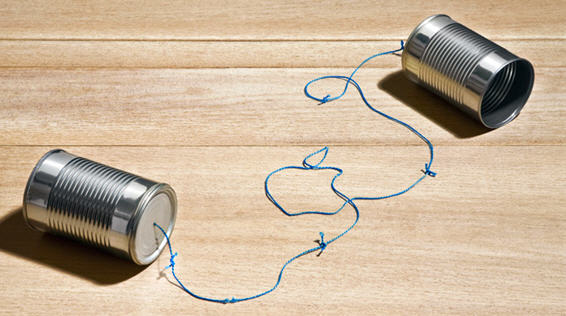

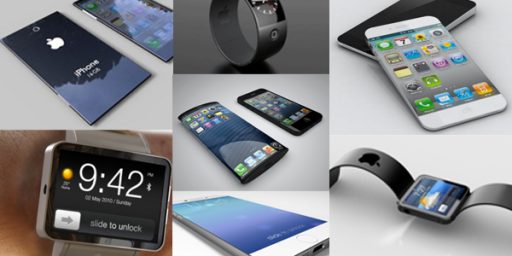
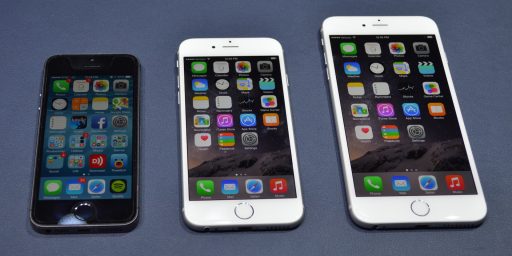
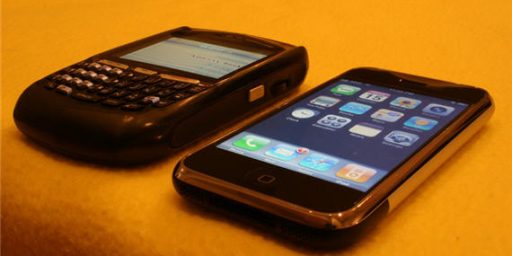
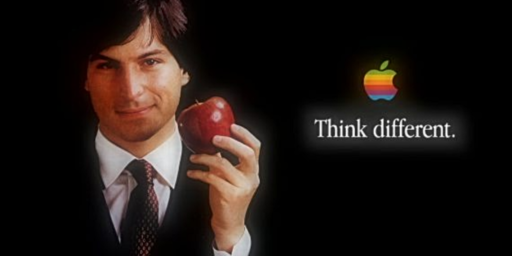
In addition to the fact that it’s Apple and Apple products are cool these days, I’m guessing one of the things that has saved the iPhone for a lot of people in terms of usefulness is the fact that it’s also WiFi compatible.
I’ll say what I always say when this comes up… AT&T’s network becomes miraculously better when you’re not using an iPhone. I can’t remember the last time I had a dropped call that didn’t involve driving in some pretty rural area. And I was in Austin during SXSW the year after the iPhone was released and while the speed on my WinMo smartphone wasn’t fast, it got the job done and was nothing as described by others.
If AT&T service were remotely as bad for me as described by iPhone users, I would have left long, long before I did. And I only left because I had to and when I can go back with AT&T I will consider doing so.
Verizon (who I’ve generally been happy with) certainly has better coverage than AT&T, but I am not sure that they could have handled the iPhone, either. My personal theory as to why Apple hasn’t extended beyond AT&T is that when they do, people won’t be able to blame AT&T for everything that goes wrong anymore and Apple’s stellar reputation takes a hit. On the other hand, antenna-gate aside, it seems like the iPhone 4 is actually a better phone than its predecessors.
In my personal opinion, the success of AT&T is more about having deep pockets, business tricks, and a favorable legal environment as opposed to actual telecommunications expertisee. What talent they do have is squelched in a massive straight-jacket bureaucracy. I expect they will make some gradual bandwidth improvements arround the margins, particularly in the core markets and call it good enough because that seems to be their response to everything. Apple limited themselves in their decision to go with AT&T.
Verizon, also in my personal opinion, has an excellent network and was closer to the bandwidth requirements, but they built themselves into a dead end technology wise and it is going to take them a few years to build their way back out.
The other carriers are sadly lacking (also personal opinion) in network and the capital to build them out, but have some potentially interesting technology on the horizon.
Basically the iPhone and other smart phones are about five years ahead of the infrastructure required to truly support them.
To echo Trumwill’s comment, my wife and I both have AT&T. She has an IPhone, I have a crappy Pantech Slate they gave me for free last time I reupped. I NEVER lose calls. EVER. She does constantly. And I do a lot more driving into the sticks than she does. She works in the middle of a metropolitan area. She is always complaining about how horrid her service is, and I couldn’t be happier with mine. That is the main reason I haven’t gotten an IPhone myself yet.